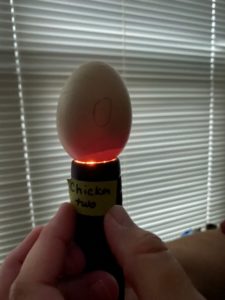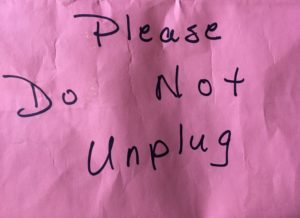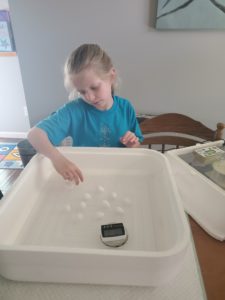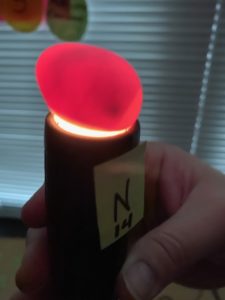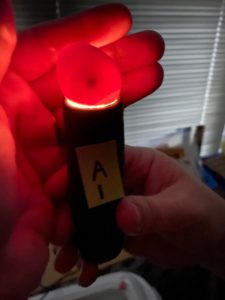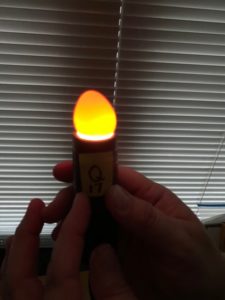Incubating Quail Eggs Day 11
go.ncsu.edu/readext?663867
en Español / em Português
El inglés es el idioma de control de esta página. En la medida en que haya algún conflicto entre la traducción al inglés y la traducción, el inglés prevalece.
Al hacer clic en el enlace de traducción se activa un servicio de traducción gratuito para convertir la página al español. Al igual que con cualquier traducción por Internet, la conversión no es sensible al contexto y puede que no traduzca el texto en su significado original. NC State Extension no garantiza la exactitud del texto traducido. Por favor, tenga en cuenta que algunas aplicaciones y/o servicios pueden no funcionar como se espera cuando se traducen.
Português
Inglês é o idioma de controle desta página. Na medida que haja algum conflito entre o texto original em Inglês e a tradução, o Inglês prevalece.
Ao clicar no link de tradução, um serviço gratuito de tradução será ativado para converter a página para o Português. Como em qualquer tradução pela internet, a conversão não é sensivel ao contexto e pode não ocorrer a tradução para o significado orginal. O serviço de Extensão da Carolina do Norte (NC State Extension) não garante a exatidão do texto traduzido. Por favor, observe que algumas funções ou serviços podem não funcionar como esperado após a tradução.
English
English is the controlling language of this page. To the extent there is any conflict between the English text and the translation, English controls.
Clicking on the translation link activates a free translation service to convert the page to Spanish. As with any Internet translation, the conversion is not context-sensitive and may not translate the text to its original meaning. NC State Extension does not guarantee the accuracy of the translated text. Please note that some applications and/or services may not function as expected when translated.
Collapse ▲Teachers and 4-H volunteers continue to turn the eggs three times a day. Each time they turn the eggs, they read and record the temperature inside the incubator (which should be about 100 degrees) and the humidity (which should be 45-55%). Below is a picture of Abby Baldwin turning the eggs. Ms. Lindsey, from Dana Elementary School, sent photos of candling eggs on Day 11. She included one chicken egg, where you can clearly see the air space at one end of the egg. The rest of the egg is already “full” of the chick. Look for the picture of the quail embryo with the large black dot. This is the eye. Do you see which egg is infertile in the pictures?
One other thing you may find interesting: we encourage teachers to put a sign on the outlet that they use for their incubator, “Please do not unplug.” This little sign is an important part of keeping the eggs warm, moist, and protected. The incubator is the closest thing we can get to a mother hen.
Note: this is the continuation of the “Incubating Quail Eggs” Story.